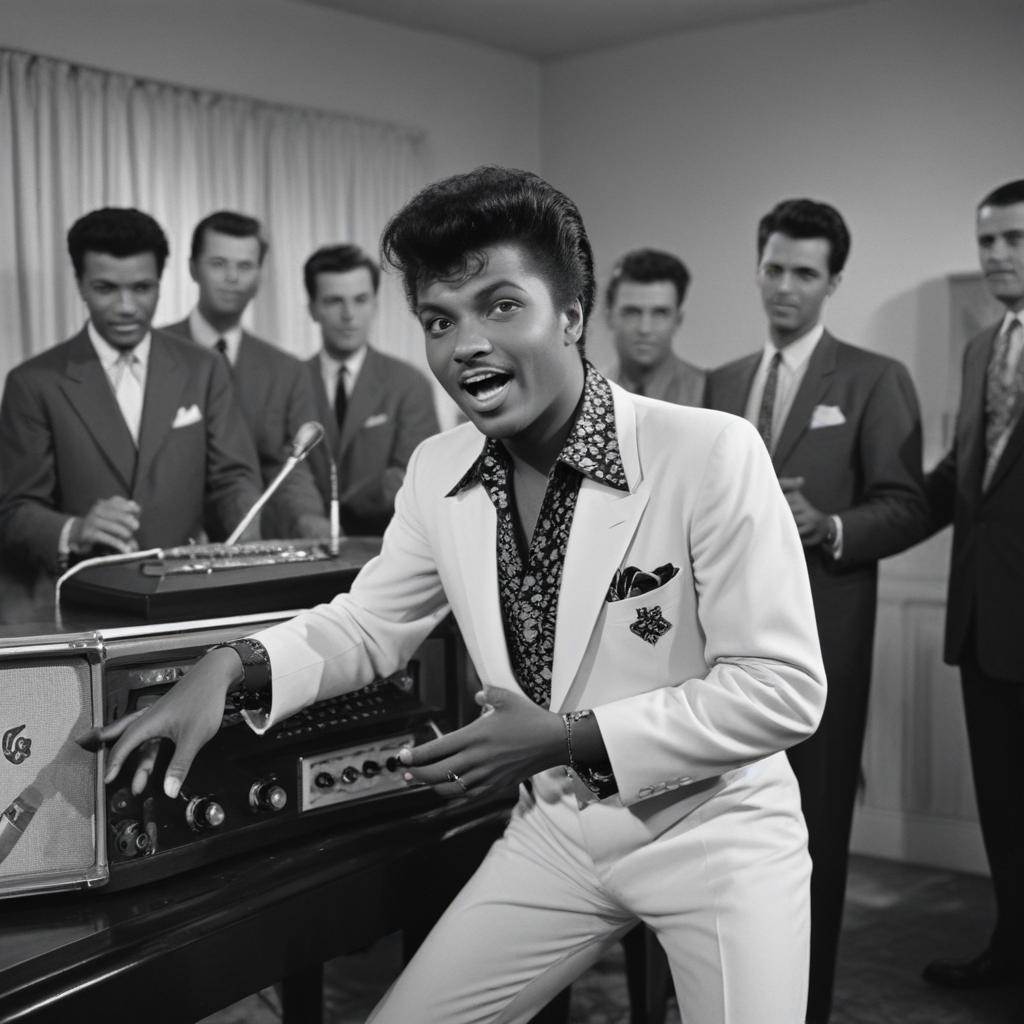Once a global phenomenon, rock'n'roll faces extinction, particularly in the UK, due to an aging fanbase, insular subcultures, and a shift in the music industry, despite glimpses of hope for a modern revival.
While rock'n'roll's exact birthdate is debated, 1955 is identified as the year it truly exploded with artists like Little Richard, Elvis Presley, and Chuck Berry, becoming a constant cultural backdrop for generations and influencing genres from punk to pop. However, 70 years later, the genre is in danger of disappearing, especially in the UK. Experts note an aging fanbase with few young successors and a lack of innovation within the existing 'fluffy' revival scene. The modern use of 'rock'n'roll' often refers to a rough aesthetic rather than the original sound. The scene's insular, working-class nature contributes to its marginalization and lack of mainstream media interest, making it difficult for new talent like Dylan Kirk to thrive. Unlike other pre-Beatles pop styles that continue to flourish, authentic rock'n'roll struggles to find a contemporary audience. Key problems include its over-association with Elvis, an aging music industry reliant on algorithms rather than personal taste, and the scene's own resistance to outside influence. Despite this, rock'n'roll remains a significant subculture in places like Spain and Sweden, often sustained by the children of revivalists. There's hope for a revival, particularly from the US, where artists like JD McPherson observe younger audiences engaging with classic rock'n'roll. He believes a resurgence is possible if new artists can modernize its core rhythms and motifs, drawing parallels to the neo-traditional country movement. Even the UK shows potential with artists like Elliot James Reay, suggesting that a true, accidental rock'n'roll comeback might still be on the horizon.



